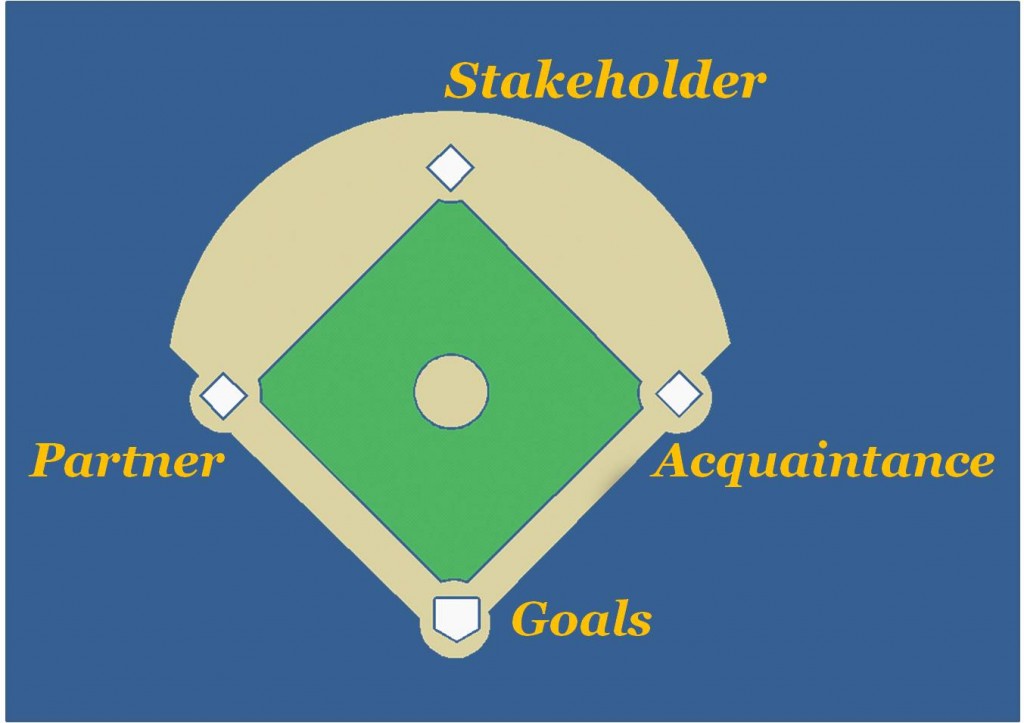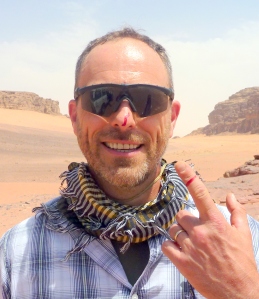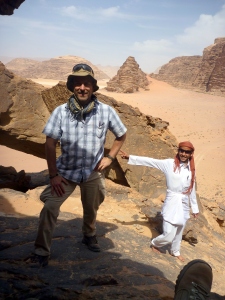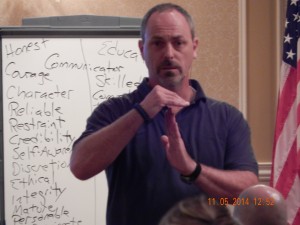Category Archives: Dynamic of Coactivity
Building trust-based relationships is a complicated process and it’s easy to get lost in it if you don’t appreciate the underlying dynamics.
Filmed from my balcony at the Continental Hotel in Oradea, Romania, overlooking the Repide River, I use the Relationship Diamond as a model for understanding the process of building community relationships.
There are essentially four steps in building a working community relationship and you must progress through them in order, just like running the bases in a baseball game. First base is to become an Acquaintance. This is a bit common sensical but it is a necessary first step.
To get to second base, the citizen must become a Stakeholder. That is, they must see themselves as having a vested interest in the crime-fighting process. As Sir Robert Peel said, “The police are the public and the public are the police.” But the citizens don’t often think of themselves in that way. They tend to see crime as exclusively a police problem, not a community problem.
Third base is Partnership. This is a working relationship where the police and the community team up to coactively solve problems that are manifesting themselves as crime, fear of crime, and neighborhood decay. After reaching the partnership level, the group is now ready to head to home by accomplishing some of their coactive policing goals; two of which are establishing safe and peaceful neighborhoods; and stable and successful families.
If you found this lesson helpful, please Share the Knowledge…
No, Beth Shaen is not a female colleague who has defined policing. Beth Shaen is an ancient city in Israel where King Saul’s body was hung on the wall after his death at nearby Mount Gilboa. The account of this incident can be found in I Samuel 31. The city was later controlled and developed by the Romans when they extended their rule into the land of Israel.
Years ago, I was challenged by a colleague if I had ever looked up the definition of policing. I told him of course not. I know what it means. It means law enforcement. In my view, policing and law enforcement were synonymous. He told me I should go look it up because I might be surprised. So I did. And I found this definition in the American Heritage Dictionary.
Regulation and control of the affairs of a community, especially with respect to maintenance of order, law, health, morals, safety, and other matters affecting the public welfare.
This is an expanded definition of what we might traditionally think of as the police mandate. But policing is SO much more than just enforcing the law. The Coactive approach to policing understands that just locking people up, merely enforcing the law, doesn’t solve the problem of crime. It might solve A crime, or it might solve a series of crimes. But it will not solve the PROBLEM of crime because it is not affecting the core issues that allow crime to flourish: Fear, Apathy, and Tolerance.
If you enjoyed this lesson, please share it with others by clicking one of the Share the Knowledge buttons below…
I battled a sandstorm and some ornery camels to film this video about Sir Robert Peel while camping in the desert of Wadi Rum. After you watch the video, scroll down for some out-takes…
Sir Robert Peel was a Prime Minister of England and served as the Home Secretary during the 1820s. In England, the Home Secretary is somewhat like our Attorney General in the US. And while he was Home Secretary, Sir Robert Peel founded the London Metropolitan Police, perhaps the first professionally trained, non-military police force in history. He founded them on nine basic principles, often called Peel’s Principles or Peelian principles. To this day we still call policemen in England “Bobbies” in honor of Sir Bobby Peel. His principles are still amazingly relevant to our practice of policing today. One of them says this:
Police, at all times, should maintain a relationship with the public that gives reality to the historic tradition that the police are the public and the public are the police; the police being only members of the public who are paid to give full-time attention to duties which are incumbent upon every citizen in the interests of community welfare and existence.
He didn’t use the term, but Peel is describing Coactive Policing.
If you want to see some out-takes including my attempt to film this segment in the middle of a sandstorm and me getting thrown off of my camel as soon as we finished filming, watch below…
If you liked this message, please share it with others by clicking on the
“Share the Knowledge” buttons below…
A jeep tour in Wadi Rum was a great opportunity to illustrate the principle of Coactive Policing.
Coactivity can be compared to driving a four-wheel drive vehicle. Think of your community as the vehicle. If all the components (wheels) are pulling together in the same direction, your community can overcome obstacles and go a long way toward accomplishing its goals.
If you liked this message, please share it with others by clicking on the “Share the Knowledge” buttons below… (more…)
It’s been a long time since I added a post to the blog. I’ve been preoccupied with my extended leave at home (almost 3 months), new job responsibilities (settled in as a Police Advisor working at the US Embassy in Kabul), and working on my Master’s degree (finished my degree from Columbia Southern University the other night).
This micro-lecture was filmed at Beth Shaen, an ancient city where King Saul’s body, the king of Israel, was hung on the wall after his death at Mount Gilboa. Here I talk about the definition of policing as the “regulating and control of the affairs of a community especially as it relates to law, order, health, safety, and morals.”
Here’s some additional video from Beth Shaen if you are interested…
The long awaited video of me getting thrown off of my camel!
Keep an eye on the camel on the left. We nicknamed him Clyde in honor of the song by Ray Stevens. He was cantankerous from the word go. The camel herder told us he was a Saudi Arabian camel and they have the worst attitudes. Watch what happens as I try to get off of my camel who is tied to Clyde…
Sorry for the long delay in posting. I have been home on extended leave and just too busy spending time with family and friends…!
Here’s another post from my trip to the Holy Land. This one was done on camel-back in the Wadi Rum desert of Jordan. Scroll down to the second video to see me try to do this segment in the middle of a sandstorm. Next I’ll be posting the one where you see me getting thrown off my camel…!
Sir Robert Peel founded the London Metropolitan Police on nine basic principles. Principle number 7 states that “the police are the public and the public are the police.’ Which is another way to define Coactive Policing. Take a look at how this principle applies to law enforcement today…
Here’s me trying to tape this blog in the middle of a windstorm in the Wadi Rum desert of Jordan. You can see that I didn’t have much success. But I never lost my hat…!
I used the opportunity of our jeep tour in Wadi Rum to illustrate the principle of Four Wheel Drive Policing.
Coactive Policing can be compared to a four wheel drive vehicle. When all the wheels are pulling together in the same direction, the vehicle can cover some difficult terrain. In the same way, a community that pulls together can overcome many community problems related to crime, fear of crime, and neighborhood decay and disorder.
One wheel represents law enforcement and local government. The other three represent the other components of the community – the business sector, the academic sector, the faith-based sector, and the citizens themselves. That’s why I am so supportive of the Character Cities initiative because it brings all of these community sectors together to work toward common goals in a coactive manner.
I’ve arrived safely back in Kabul after a wonderful vacation in Cancun! I’ll spend the next couple of days resetting my sleep clock. In the meantime, I hope you enjoy this video that I recorded before I left…
One of the reasons that Reactive Policing is so ineffective compared to Coactive, or Community Policing, is that we spend so much time on calls that aren’t related to the police mission. Watch this video for a good example of why character-based law enforcement that builds trust based relationships is the key to fighting crime…
In my second video from Cancun, we look at the dictionary definition of policing. It might surprise you! And then explore why it is so important for the police to have such high standards of professional ethics, moral responsibility, and good character.








